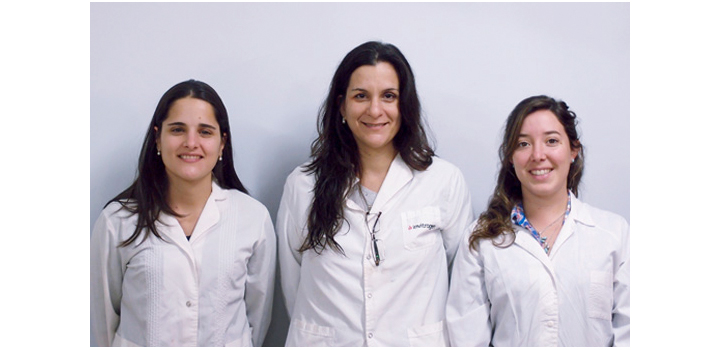Effects of LED light on the mechanisms of perception of light
In vertebrates the main function of the visual system is to detect and interpret light. But how this process occurs? As well, for this there is a light sensitive tissue, the retina, located at the back of the eye. This tissue consists of nerve cells, some of which are photoreceptor, thanks to the presence of photopigments (cones, canes and some ganglionic).
Las photoreceptor cells, through a biochemical cascade phototransduction, convert light (photons) into nerve impulses that are transmitted from cell to cell until reaching the cerebral visual cortex, where they are interpreted and transformed into images. This process makes the human being can communicate with the world around it and through it is possible to recognize shapes, sizes, colors and movement. Nevertheless, despite its capacity photoreceptor, the retina is affected by excessive lighting time or the type of artificial light that is exposed, what it could bring visual damage or alter biological rhythms.
Ana Maria Contín, CONICET researcher at the Center for Research in Biological Chemistry Córdoba (CIQUIBIC, CONICET-UNC) and teacher dela Faculty of Chemical Sciences of the National University of Córdoba (UNC), together with his research group, studying the molecular mechanisms of cell death of photoreceptor and changes in the electrical signals of the retina in a model of retinal degeneration caused by stimulation with white LED light low intensity.
To verify whether exposure to constant light produces retinal degeneration, wheel albinas wistarmales and females were exposed to white light, specifically LED 200 lux intensity, for different periods of time. Lux is the unit of the International System of Units used to measure the level of illumination; in a lighted environment with artificial light, such as an office, the amount of lux used is usually between 200 and 500.
"In the last 120 years, with the advent of electricity, society has changed its forms of exposure to it; cities are brightly lit at night resulting exposure to photons at night time, sometimes unwillingly. This is the concept of light pollution. In addition, the use of new technology TVs, computers and cell makes people more habit LED artificial light exposure which, by the type of illumination, It is also harmful to health ", details.
This overexposure can accelerate genetic disease processes such as retinitis pigmentosa or macular degeneration associated with age, which "dystrophies comprise a group in which in most cases, canes are most affected, causing visual impairment ranging from mild retinal dysfunction, as night blindness or visual field side reduced, to total blindness ", explains the researcher.
The rods are more sensitive to light cells and are functional receptors in conditions of low light intensity. The visual image obtained consists of gray tones. Regarding cones, There are three varieties: L, M y S (sensitive to long wavelengths, medium and short respectively). They are less sensitive to low light intensities than rods, and they are responsible for color vision (They are sensitive to red colors, green and blue).
But, Why the problem is with LED lights?. What happens is that the visible spectrum of the human eye includes the lengths of waves ranging between 400 (blue tones) and the 700 (red tones) nanometers (nm). Below 400 nm range is what is known as ultraviolet light and above 700 nm the problem of infrarrojos.El- says researcher- is that, within the visible range, the wavelengths of blue are the most energy and its impact on the retina it is more harmful.
"In a world colonized by the LED lights, exposure is very high and can bring many physiological consequences future. Knowing the mechanisms of cell death it is intended to find treatments for prevention and reversal of the same ", he concludes Contín.
Font: CONICET



